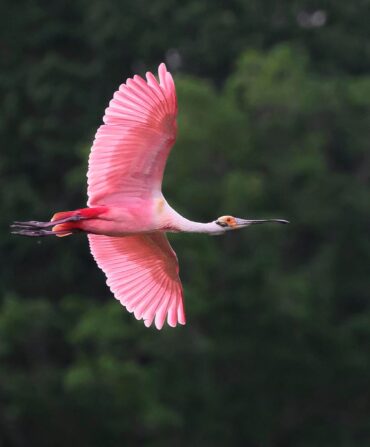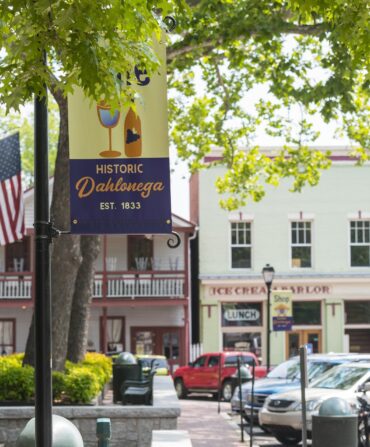Renowned for its herd of 150 or so feral ponies that graze the salt marshes on the nearby isle of Assateague, Chincoteague Island was thrust into the national spotlight with the 1961 movie Misty, based on Marguerite Henry’s children’s book about a local mare. Since then, the sleepy fishing village on Virginia’s Eastern Shore has served as a beacon for horse lovers, who arrive in droves every summer to watch the iconic pony swim and auction.
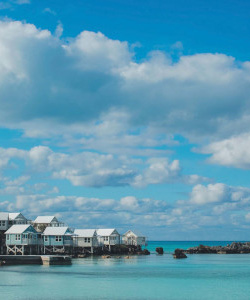
As a child, I’d spent hours with my nose buried in Henry’s novels but never saw the ponies firsthand. Now as a (much older, but still equally horse-crazy) grown-up, I drove with my family up the Atlantic seaboard for a weekend getaway in late December to finally explore the area for myself. Spoiler alert: I loved everything about Chincoteague. But I also think anyone could find something to enjoy there…and probably several things.
Wild and wonderful ponies
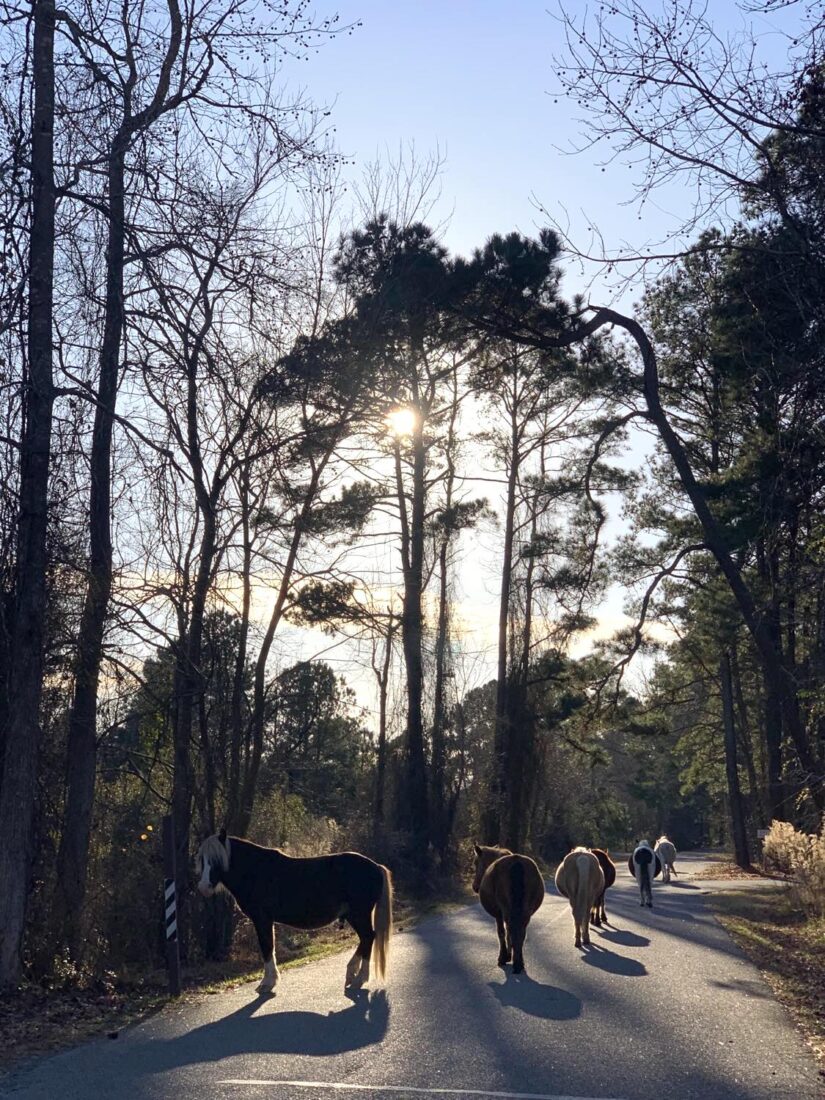
The first stop on our itinerary was a jaunt across the narrow channel to the Chincoteague National Wildlife Refuge, the 14,000-acre home of the fabled ponies, who arrived here after escaping from a Spanish shipwreck in the sixteenth century (or so legend says). I’d expected to glimpse the animals off in the distance, grazing in the marshlands on the far side of a fence designed to protect them from traffic, but we were pleasantly surprised to see a small group trundling down the park’s main road. We pulled over to give them a wide berth and observe the colorful herd, led by one of Misty’s well-known descendents, Surfer’s Riptide. The chestnut stallion eyed us through his long flaxen forelock, but he was used to crowds of admirers. Fortunately, few visitors were present on that chilly late-December morning, so there was little danger of a traffic jam.
After chatting with park rangers, we learned that our experience was somewhat atypical: Part of the fence had been knocked out during a recent nor’easter, and a dozen or so ponies had decided to go on a walkabout. Apparently the grass is always greener on the other side after all.
Small museum, big impact

Driving back from the refuge, the tiny roadside Museum of Chincoteague overlooking the marsh caught my eye. I’d read that the taxidermically preserved bodies of Misty and her foal, Stormy, reside there (in surprisingly good condition, given they died in 1972 and 1993, respectively). Though it was closed for the season, Cindy Faith, the executive director, kindly gave us a private tour so we could learn more about the island’s history—and pay homage to the two famous ponies. (Normal operations begin around March, but the museum often hosts community events in the offseason, such as a Christmas tree village, Halloween scavenger hunts, and educational programs.) After extensive fundraising last year, the museum purchased the local Beebe Ranch, where Misty and Stormy resided when they were alive. “We are in the process of restoring the house and will have it open at some point this year for the public to come and visit,” Faith says.
In the meantime, the museum is planning several new exhibits this year: a spotlight of the area during the 1950s, ’60s, and ’70s; a mural honoring local decoy carvers; an exploration into how the island churches built communities; and a new feature on shipwrecks.
The mighty mollusk—and other good eats
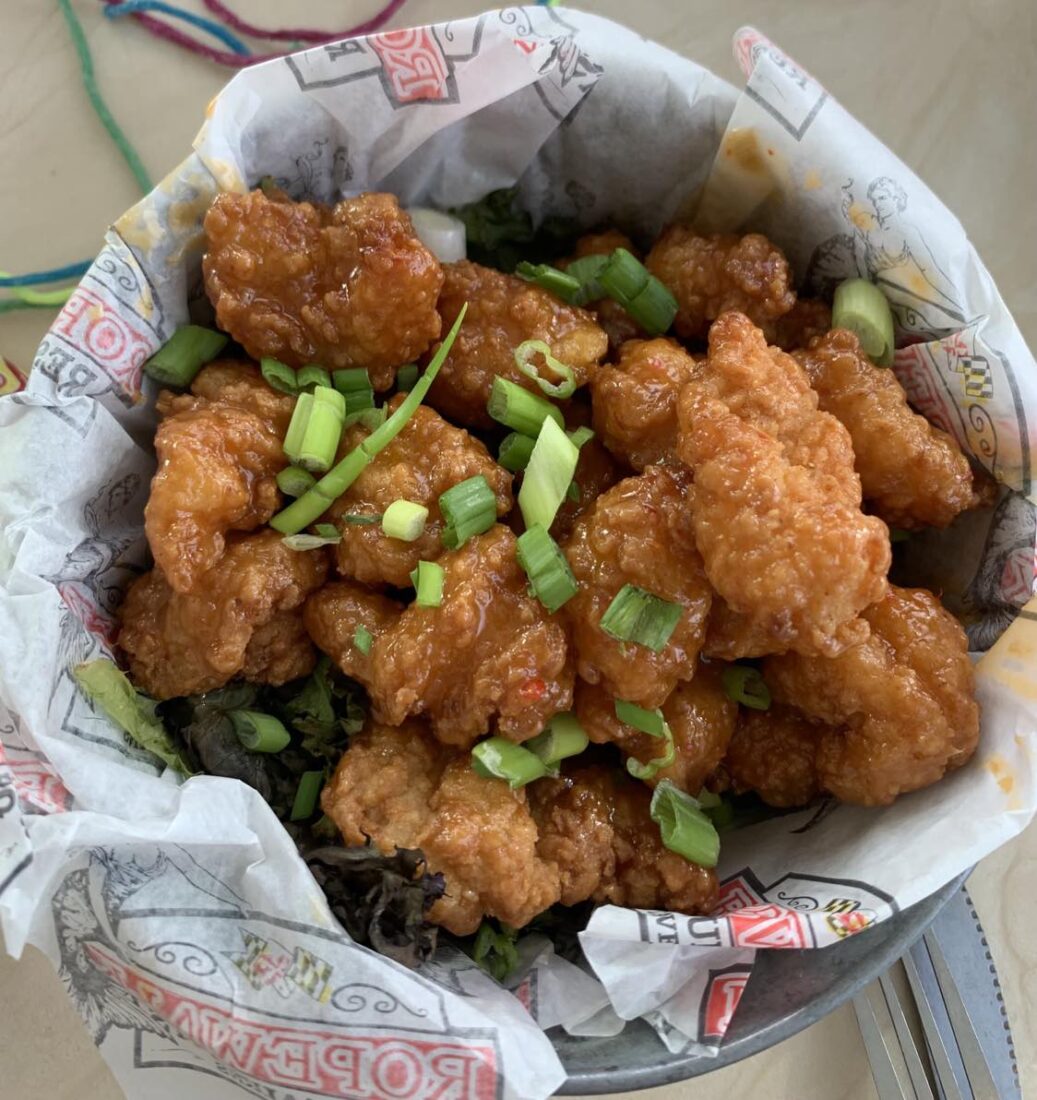
As in many coastal towns, seafood reigns supreme on the island. In fact, the slender, briny oysters harvested in the Chincoteague Bay have quite a history. “Chincoteague oysters were the most popular variation during the Civil War and all the way through to the 1930s,” Faith says. “Places like New York and Philadelphia depended on Chincoteague oysters to supplement their local varieties as they were overharvested in the north.”
I’m the only oyster fan in my family, so we grabbed lunch at the Famous Pizza and Subs Shop and ice cream cones from the Island Creamery, whose owners get their dairy—and flavor inspiration (such as whiskey brittle and cherries jubilee)—from local farmers. That evening, from our window booth at the Ropewalk restaurant, we watched a young loon dive for his dinner in the adjacent marina. During peak season (usually May through November), food trucks and takeout counters make it easy to grab a quick bite. “In the summer I always hit up Woody’s and Pico Taqueria,” Faith says.
Plenty to see and do

Chincoteague’s historic downtown was understandably quiet during late December, but we popped by Sundial Books, a fabulously eclectic two-story shop filled with new and used reads, local art, and vinyl records. Afterwards, we strolled along the nearby waterfront park, pausing for photo ops at the giant oversized Adirondack chairs and bronze foal statue (who donned a Santa hat). Across from the park is the community’s beloved Island Theater Performing Arts Center, which presents plays, concerts, and classic and new films (yes, Misty plays on the big screen often). Outside the venue, you’ll see hoofprints in the sidewalk’s concrete from Misty herself during the 1961 premiere of the film.
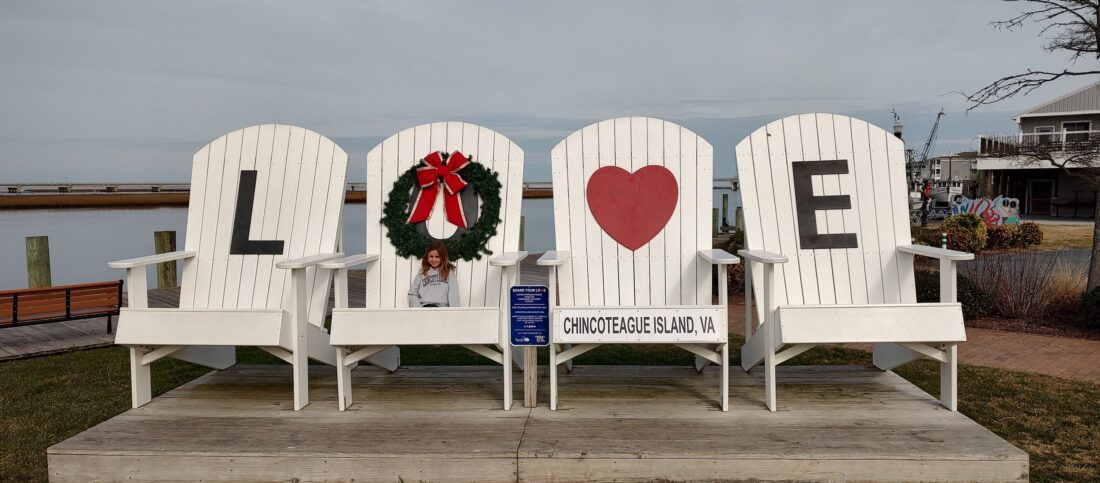
From May through November, the Chincoteague Cultural Alliance hosts a farmers market full of goodies from local purveyors. There are dozens of year-round events as well, including free summer concerts and outdoor movies and a plein air art show in the fall. For outdoor lovers, there are myriad ways to explore the area, with its abundant waters, miles of pristine shoreline, and easy-to-hike wooded trails. “Bicycling, kayaking, nature boat cruises, fishing, and all beach activities are enjoyed by thousands of visitors annually,” says Evelyn Shotwell, executive director of the Chincoteague Chamber of Commerce.
Cozy perch
There’s no shortage of quaint bed and breakfasts, waterfront motels, and campgrounds on the island, and since it’s only about ten square miles, just about everywhere is convenient. We chose the family-owned Refuge Inn because of its view of the iconic red-and-white lighthouse across the Assateague Channel, quick access to the refuge, and heated pool. It didn’t disappoint: We loaded up on local art, handmade mittens, and a handful of postcards at the on-site gift shop and mingled with the inn’s own tiny herd of Chincoteague ponies in nearby paddocks. After checking into our adjoining rooms, adorned with giant Audubon prints of native herons, we settled into comfy deck chairs overlooking the marsh. As the sun set just beyond the lighthouse, the soft hoots of two great horned owls drifted up from the nearby loblolly pines.
Bird lover’s paradise
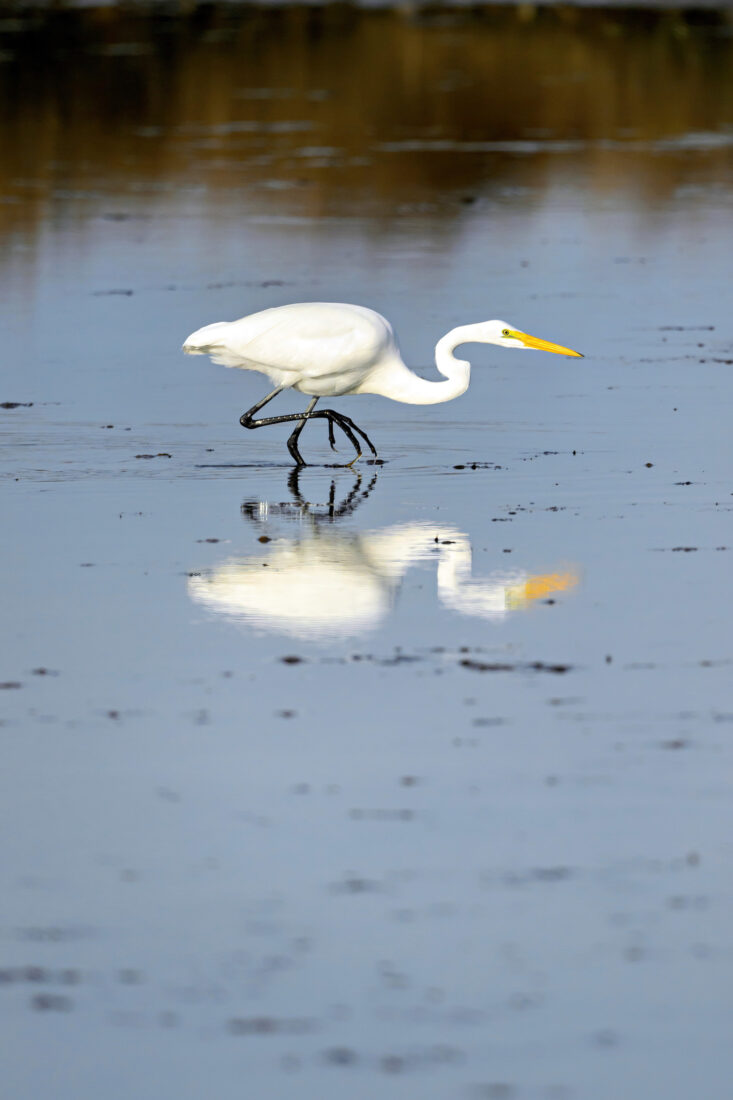
Regardless of the season or one’s affinity for ponies, the refuge is a beautiful place to explore. Miles of nature trails offer wildlife sightings year-round. “Migrating waterfowl are abundant in spring and fall, but forest natives like the endangered Delmarva fox squirrel can be seen scampering through the pine trees every day,” Shotwell says.
While we didn’t spot any fox squirrels, we were astounded by the variety of winged residents. “Being on the Atlantic flyway, over three hundred species of migratory birds reside here at least part of the year,” Shotwell says. My wildlife-photographer husband spent hours snapping shots of herons, egrets, loons, snow geese, bald eagles, and even a cheeky kingfisher darting through craggy marsh-front trees.
As he focused his lens on a gaggle of snowy-white tundra swans paddling in a nearby pond, I asked him, “Do you hear that?”
“Hear what?” he responded, peering around.
“Exactly,” I answered. The quiet solitude of this magical place was just what we needed and more than I ever envisioned. It just might be our new favorite winter escape.
Garden & Gun has an affiliate partnership with bookshop.org and may receive a portion of sales when a reader clicks to buy a book. All books are independently selected by the G&G editorial team.



